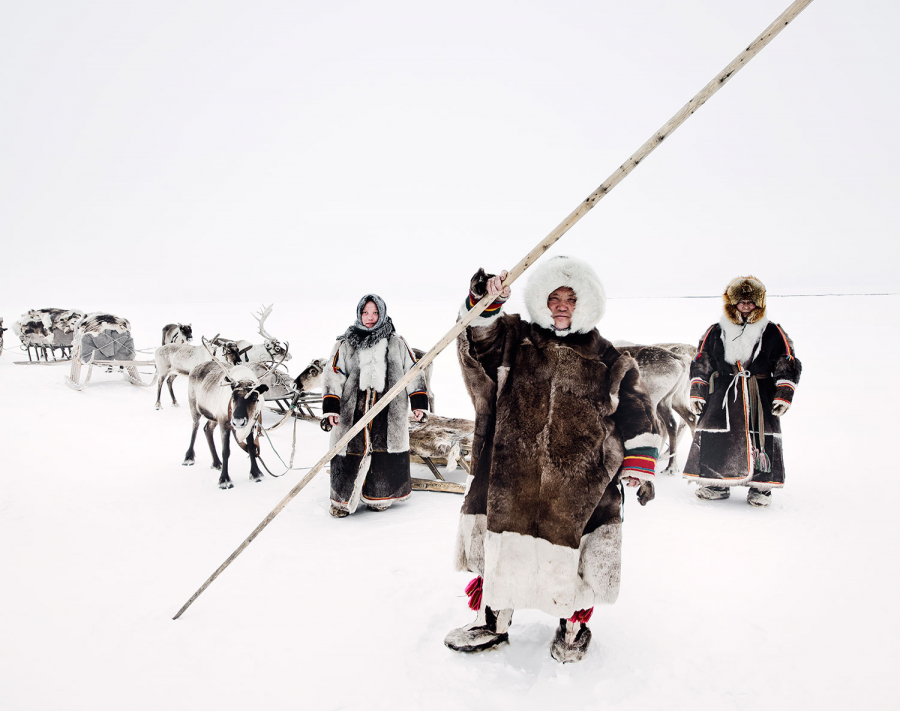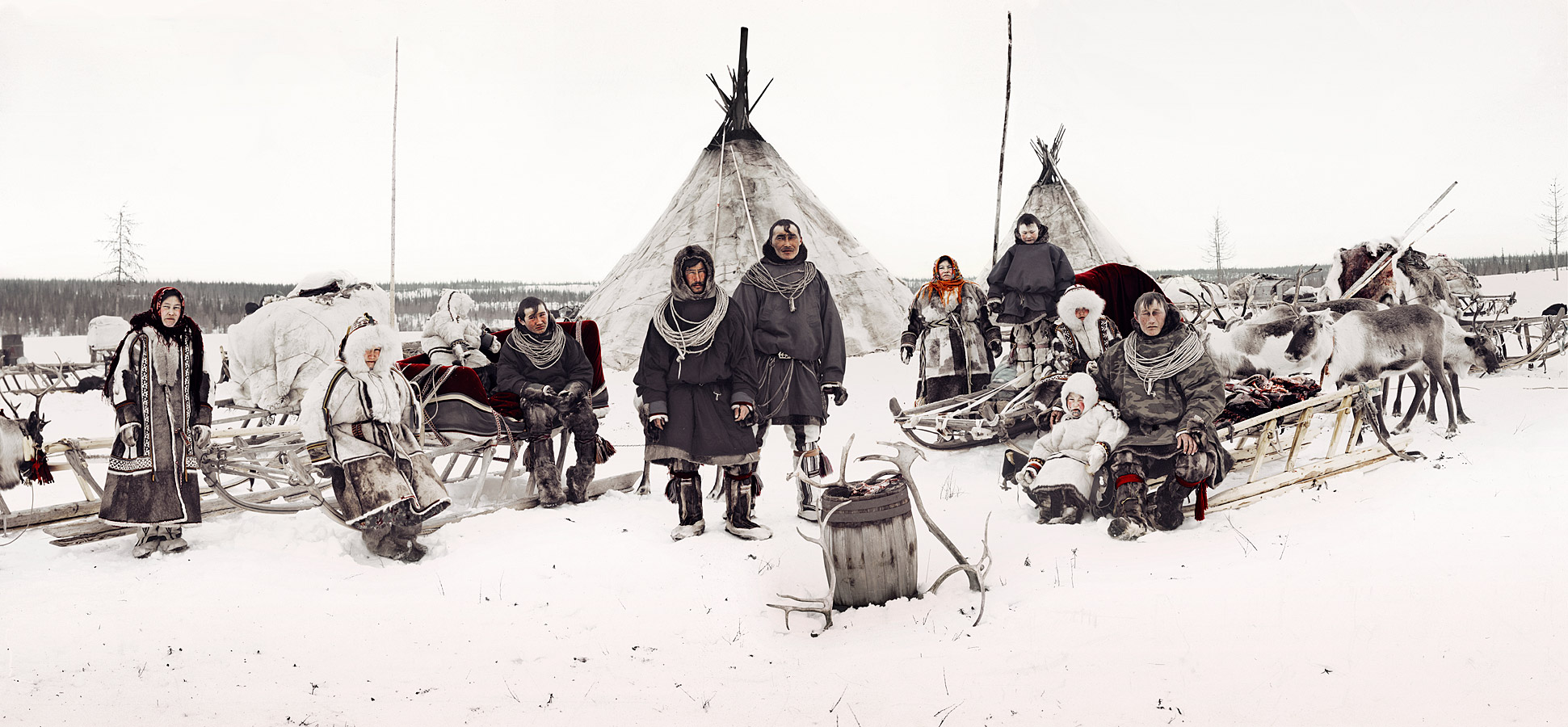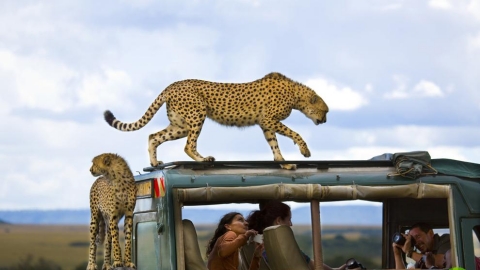The Nenets have existed for thousands of years and are one of the oldest nomadic tribes on the Arctic tundra. They are reindeer herders who have migrated across the Yamal Peninsula for over a millennium. Their annual migrations cover over 1,000 km, including a 48 km crossing of the frozen waters of the Ob River.

The Nenets live in tents made of reindeer skins wrapped around long wooden poles. These tents are moved from one place to another as they migrate. The Nenets usually pitch their tents in areas with good pasture and soil, and importantly, close to water so they can brew their favorite drink, Sri Lankan black tea. After inspecting the vegetation, the leader places his reindeer driving stick (Khorei) in the ground at the exact spot he wants the center of the tent to be.

When speaking to each other, the Nenets speak a language called Finno-Ugric. However, Nenets under 50 can speak fluent Russian because from the end of Stalin's rule onwards, all children were enrolled in Soviet boarding schools. At first, families resisted this policy, but today boarding schools have become a part of Nenets life and parents are supportive of the opportunities that education offers.


The Nenets regard reindeer as a symbol of reverence. They believe that humans and reindeer have entered into a kind of social contract in which the reindeer provide humans with sustenance and transportation. In return, humans agree to follow them on seasonal migrations, protecting them from predators.

Reindeer play an extremely important role in the life and traditions of the Nenets. In addition to their market value, reindeer are a source of food, provide skins for shelter and clothing, are used as a means of transportation, and have spiritual and social value. For this reason, the practice of exchanging the value of a bride or dowry in the form of reindeer remains common among the Nenets.
Today, more than 10,000 nomads herd 300,000 reindeer across the Arctic tundra. For nomadic journeys, reindeer are used to pull sleds carrying people and tents. Reindeer sled caravans can stretch up to 8 km.
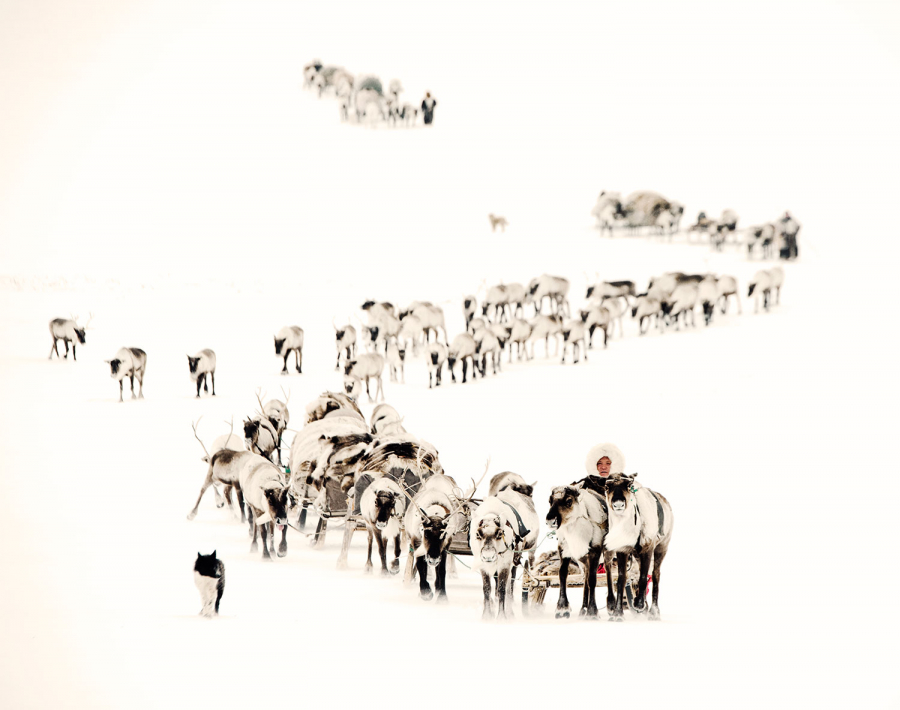
In their annual migrations of more than 1,000 km, the Nenets move huge herds of reindeer from summer pastures in the north to winter pastures just south of the Arctic Circle. The migration includes a 48 km crossing of the frozen waters of the Ob River.
After thousands of years of existence, the Nenets are facing their biggest challenge yet. Since the discovery of oil and gas reserves in the 1970s, the Nenets have increasingly come into contact with the outside world, and infrastructure on the Yamal Peninsula has rapidly expanded. The tundra is now home to many gas workers, covered with thousands of drilling sites, and home to a new railway connecting Russia to the West.
The construction of infrastructure on the icy peninsula with its lakes and bogs has had significant consequences for the traditional Nenets way of life, which is essentially tied to the surrounding environment.

However, the Nenets today still retain many of their tribal traditions, such as their traditional clothing. Women wear a Yagushka, which consists of about eight layers of reindeer skin. Both men and women wear tall reindeer skin shoes, consisting of an inner shoe (Tobaki) and an outer shoe (Kisy).
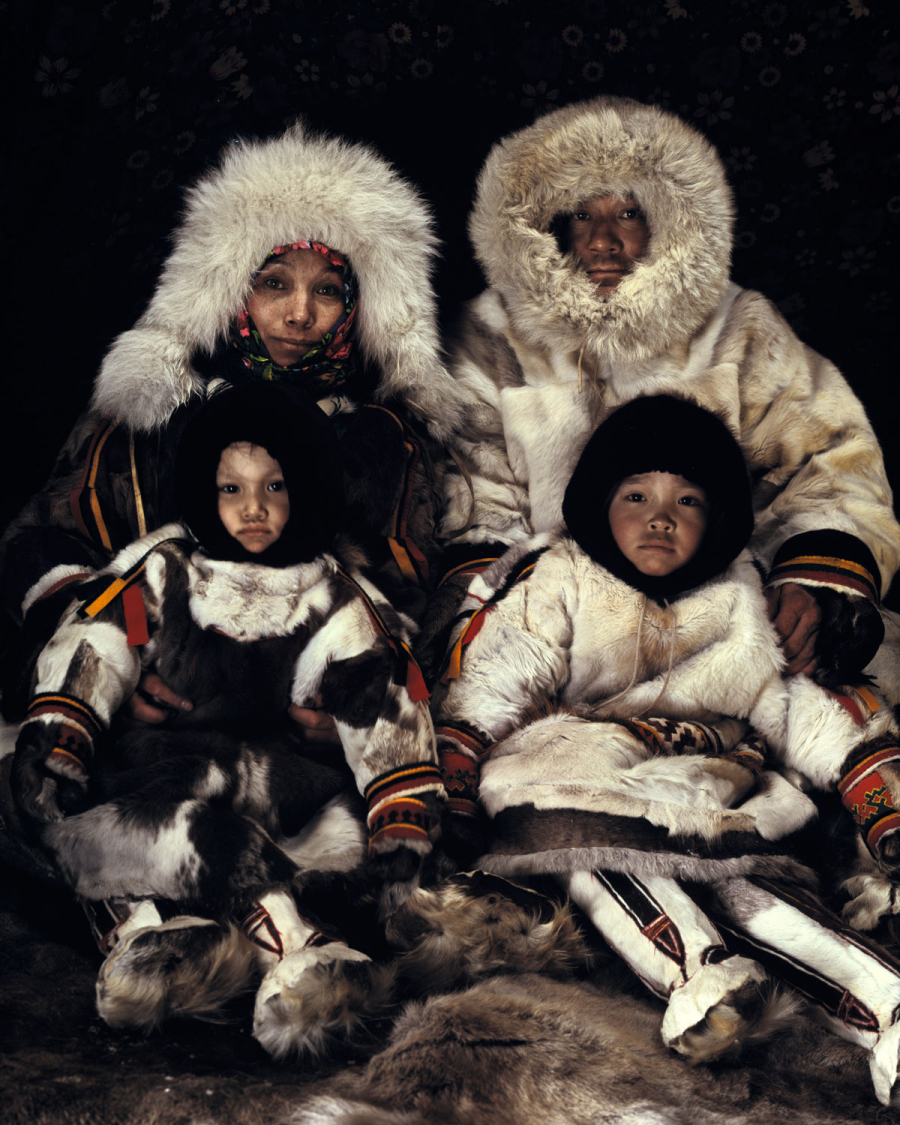
The Nenets have always relied on traditional clothing made by the women of the tribe. Nenets men wear a Malitsa, a hooded coat made from about four layers of reindeer skin, with the fur on the inside and the leather on the outside. In extremely cold conditions, men add a layer of reindeer fur, called a Gus.
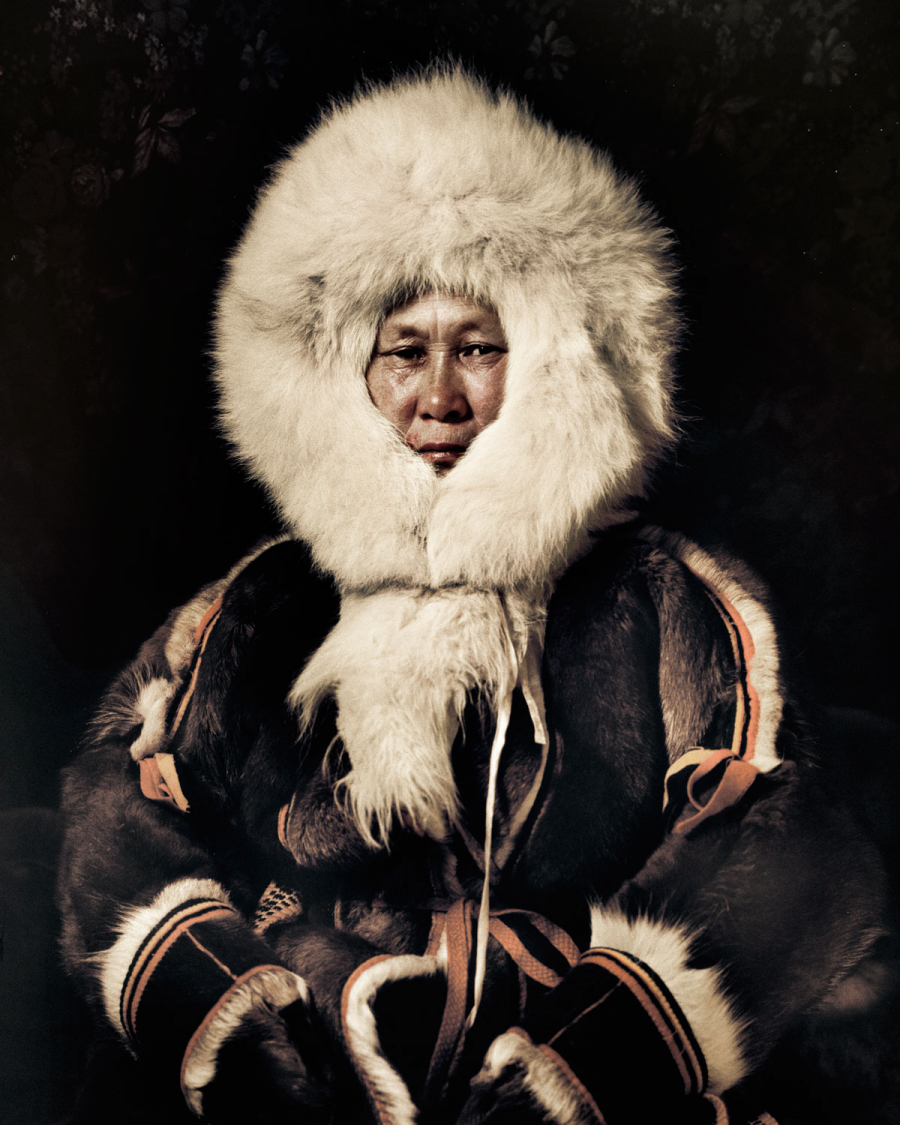
If the role of men is to take care of, herd reindeer, slaughter, choose pastures,... then the role of women is mainly to take care of children, prepare and cook meat and fish dishes, repair clothes, pack and arrange furniture to help households during migration.
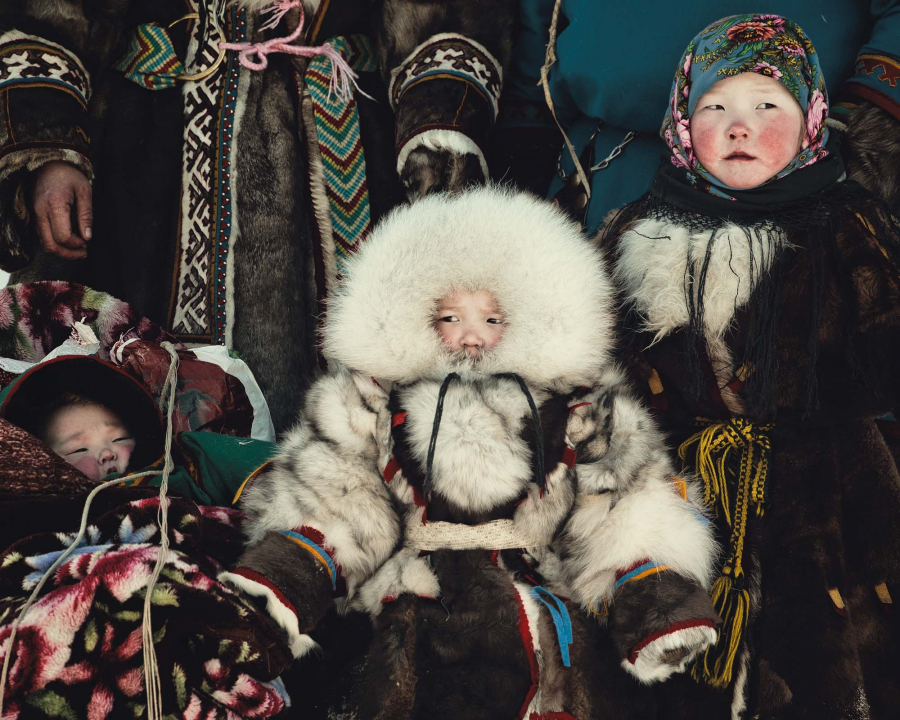
Shamanism is still practiced regularly in the Nenets part of the tundra. They place a strong belief in local gods, which are “re-enacted” in wooden symbols. The Nenets often carry these sacred wooden figures on their sleds, which also represent their ancestors, so they play a very important role.
When they sacrifice a reindeer, they split the animal in half, starting from the skull. They eat one half and leave the other as an offering to the gods. The Nenets also believe that certain irregularly shaped stones are remnants of gods who have protected them for millennia.
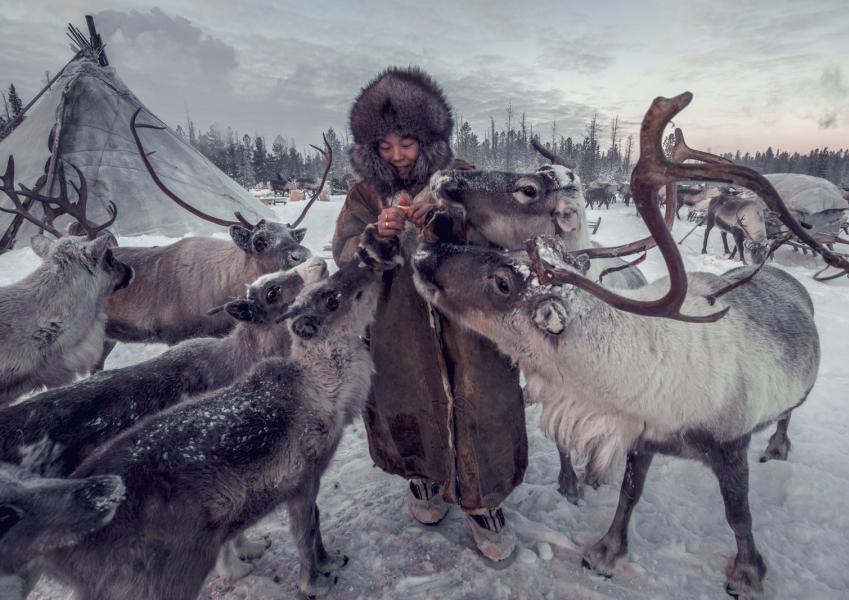
The sacred sleighs would be sprinkled with the blood of freshly slaughtered reindeer, sometimes several times a season.

Tents made of reindeer skin, eating reindeer meat and sacrificing animals to the gods were also influences of Shamanism.
Aside from their favorite drink of Sri Lankan tea, the nomadic Nenets rarely rely on outside sources of food. They live on reindeer, fish, and whatever else they can find in the Arctic soil. In the summer, when meat is available, fish becomes the mainstay of the Nenets diet.
